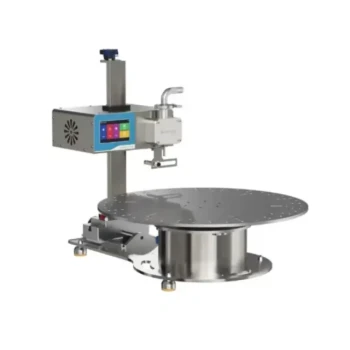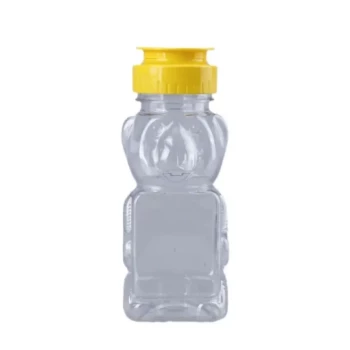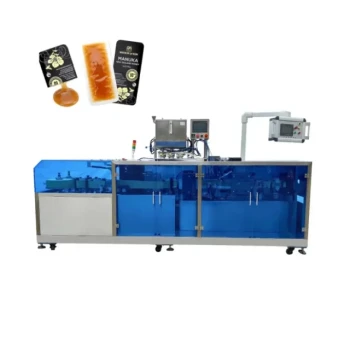At its core, beekeeping revolves around three major categories of tasks: regular hive inspections, seasonal honey extraction, and ongoing maintenance. These activities form the rhythm of the beekeeper's year, guiding the work required to support a healthy and productive colony.
The work of a beekeeper is not a random checklist but a cycle of stewardship. It moves from consistent observation (inspections) and proactive care (maintenance) to the eventual reward of a careful harvest (extraction).
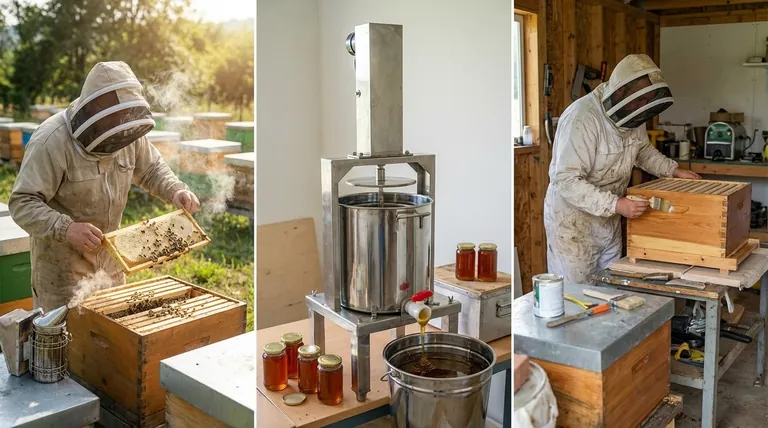
Hive Inspections: The Heartbeat of Beekeeping
Regular inspections are the most critical and frequent task. This is where you gather information to make informed decisions about the colony's health and needs.
The Purpose of an Inspection
An inspection is your chance to "read" the hive. The primary goal is to assess the colony's status and identify potential problems before they become catastrophic.
You are acting as a steward, ensuring the bees have what they need to thrive.
Reading the Frames: What to Look For
During an inspection, you are looking for key indicators of health. This includes verifying the presence and performance of the queen, identified by seeing eggs and a consistent brood pattern.
You will also assess food stores (nectar, pollen, and capped honey), check for adequate space for expansion, and meticulously look for signs of pests and diseases, most notably the Varroa mite.
Timing and Frequency
In the peak season of spring and summer, inspections are typically performed every 7 to 14 days. This frequency allows you to intervene if the colony is preparing to swarm or facing a health issue.
As the weather cools in the fall, inspections become less frequent. During the cold winter months, hives are generally left undisturbed to conserve heat and energy.
Honey Extraction: The Sweet Harvest
Honey extraction is the task most people associate with beekeeping, but it is a specific, seasonal event that requires careful timing and significant work.
When to Harvest Honey
Honey is typically harvested after the primary nectar flow of the year, usually in the late summer or early fall. The key is to wait until the bees have filled the honey supers and capped the majority of the cells with wax.
Uncapped honey has a high moisture content and will ferment if harvested.
The Extraction Process Explained
The process involves removing frames of capped honey from the hive. A hot knife is used to slice off the thin wax cappings, and the frames are then placed in a centrifugal extractor.
This machine spins the frames at high speed, forcing the honey out where it can be collected, filtered, and bottled.
A Critical Rule: Leave Enough for the Bees
A responsible beekeeper never takes all the honey. A colony needs a significant amount of honey—often 60 pounds or more—to survive the winter.
Harvesting too much is a common and often fatal mistake for beginner beekeepers. Always prioritize the colony's winter survival over your own harvest.
Ongoing Maintenance: The Foundation of a Healthy Apiary
Maintenance is the broad category of work that supports the hive infrastructure and addresses long-term colony health. It's the essential background work that makes the other tasks possible.
Pest and Disease Management
This is the most critical maintenance task. In most parts of the world, proactively managing the Varroa mite is essential for colony survival.
This involves monitoring mite levels and applying treatments at specific times of the year. Failure to manage pests is one of the leading causes of colony death.
Equipment Upkeep
Beehives live outdoors and are subject to the elements. Maintenance includes building new frames, repairing broken boxes, and painting hive bodies to protect the wood from moisture.
Much of this work is done during the winter off-season when you are not actively working in the hives.
Seasonal Preparations
Maintenance also includes seasonal tasks like supplemental feeding with sugar syrup if natural nectar is scarce.
It also involves winterizing the hive by reducing entrances to keep mice out, ensuring proper ventilation, and sometimes adding insulation to help the colony survive the cold.
Making the Right Choice for Your Goal
Understanding these tasks helps you align your effort with what you hope to achieve in beekeeping.
- If your primary focus is pollination and conservation: Your effort will be heavily weighted toward inspections and pest management to ensure maximum colony health and survival.
- If your primary focus is a hobby with a small honey harvest: You will need to master all three tasks, with a strong emphasis on leaving more than enough honey for the bees' winter needs.
- If your primary focus is growing into a small business: Efficiency in all three areas is key, requiring investment in good equipment and a strict schedule for inspections and maintenance.
Successfully keeping bees is about embracing the role of a diligent caretaker for the colony.
Summary Table:
| Major Task | Key Purpose | Primary Focus |
|---|---|---|
| Hive Inspections | Assess colony health, queen status, food stores, and pests. | Proactive monitoring and decision-making. |
| Honey Extraction | Harvest surplus honey without compromising the colony's winter survival. | Seasonal, careful reward for stewardship. |
| Ongoing Maintenance | Manage pests (e.g., Varroa mites), upkeep equipment, and prepare for seasons. | Foundational, long-term colony support. |
Ready to perform these tasks with confidence and efficiency?
As a beekeeper, your success hinges on having reliable, high-quality equipment. HONESTBEE supplies commercial apiaries and beekeeping equipment distributors with the durable tools needed for every stage of the beekeeping cycle—from hive tools for inspections to extractors for harvests.
Let us help you build a stronger, more productive apiary. Contact our wholesale experts today to discuss your equipment needs and volume pricing.
Visual Guide
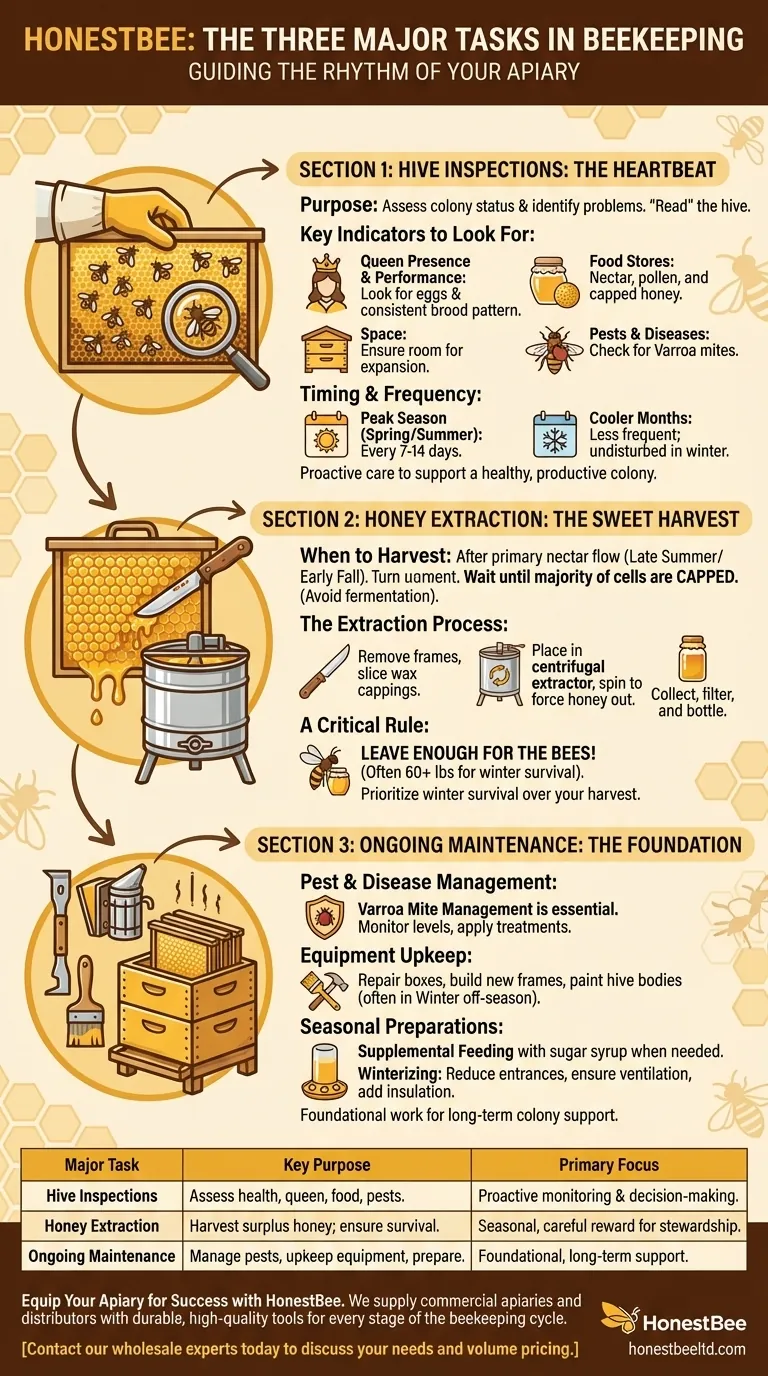
Related Products
- 10L Stainless Steel Electric Honey Press Machine
- Stainless Steel Manual Honey Press with Guard for Pressing Honey and Wax
- Stainless Steel Honey Press Wax Press with Tank
- Electric Flatting and Embossing Machine with Tray for Beekeeping
- Honey Wax Separating Wax Press with Metal Screw Wax Separator Machine
People Also Ask
- What are the key features of a honey press? Maximize Yield with Durable, Efficient Extraction
- How does pressed honey compare to extracted or crush-and-strain? Unlock the Full Flavor of the Hive
- What are the benefits of using a honey press for Warré or Top Bar beehives? Maximize Your Natural Harvest
- How does the press method for extracting honey work? A Simple, Low-Cost Guide for Beekeepers
- What are the main differences between centrifugal extractors and honey presses? A Guide for Commercial Apiaries








